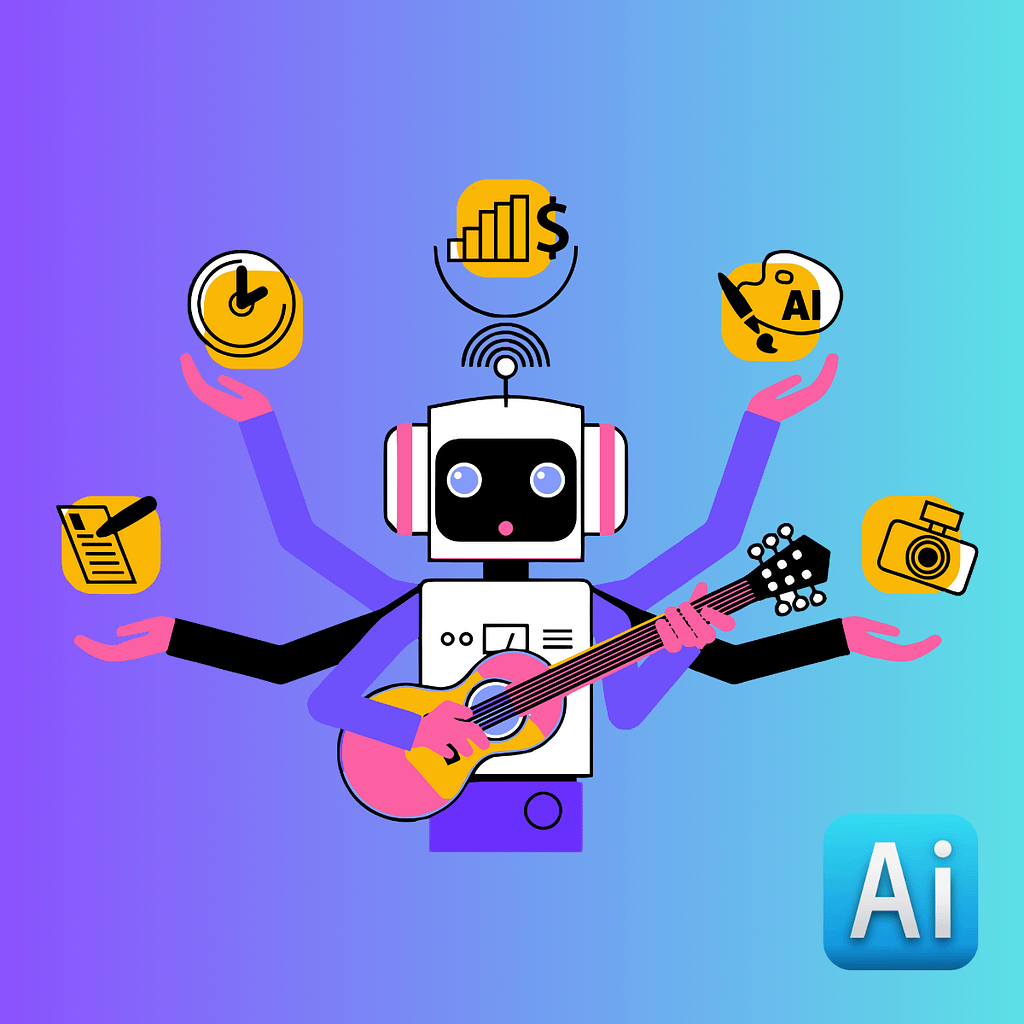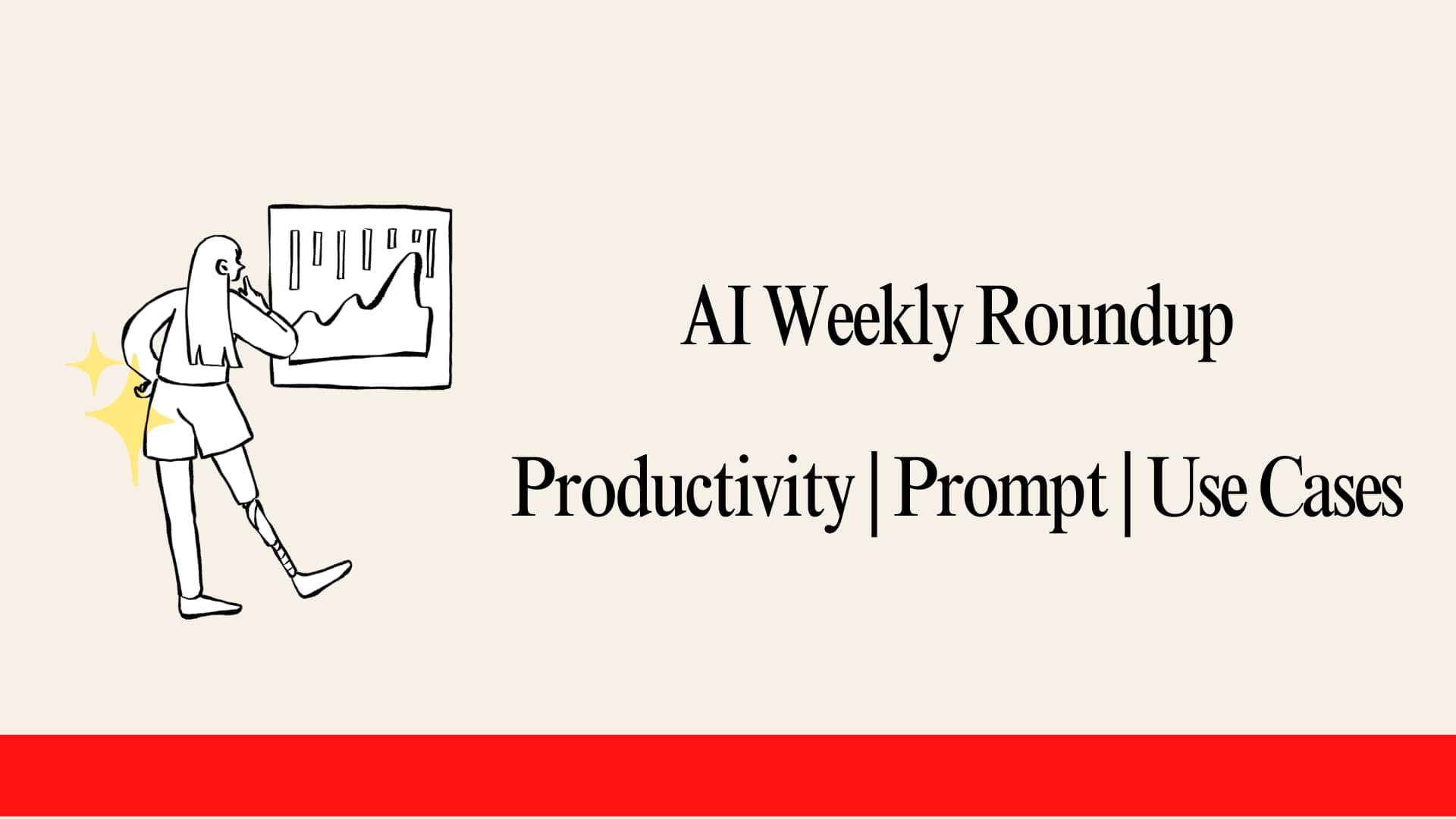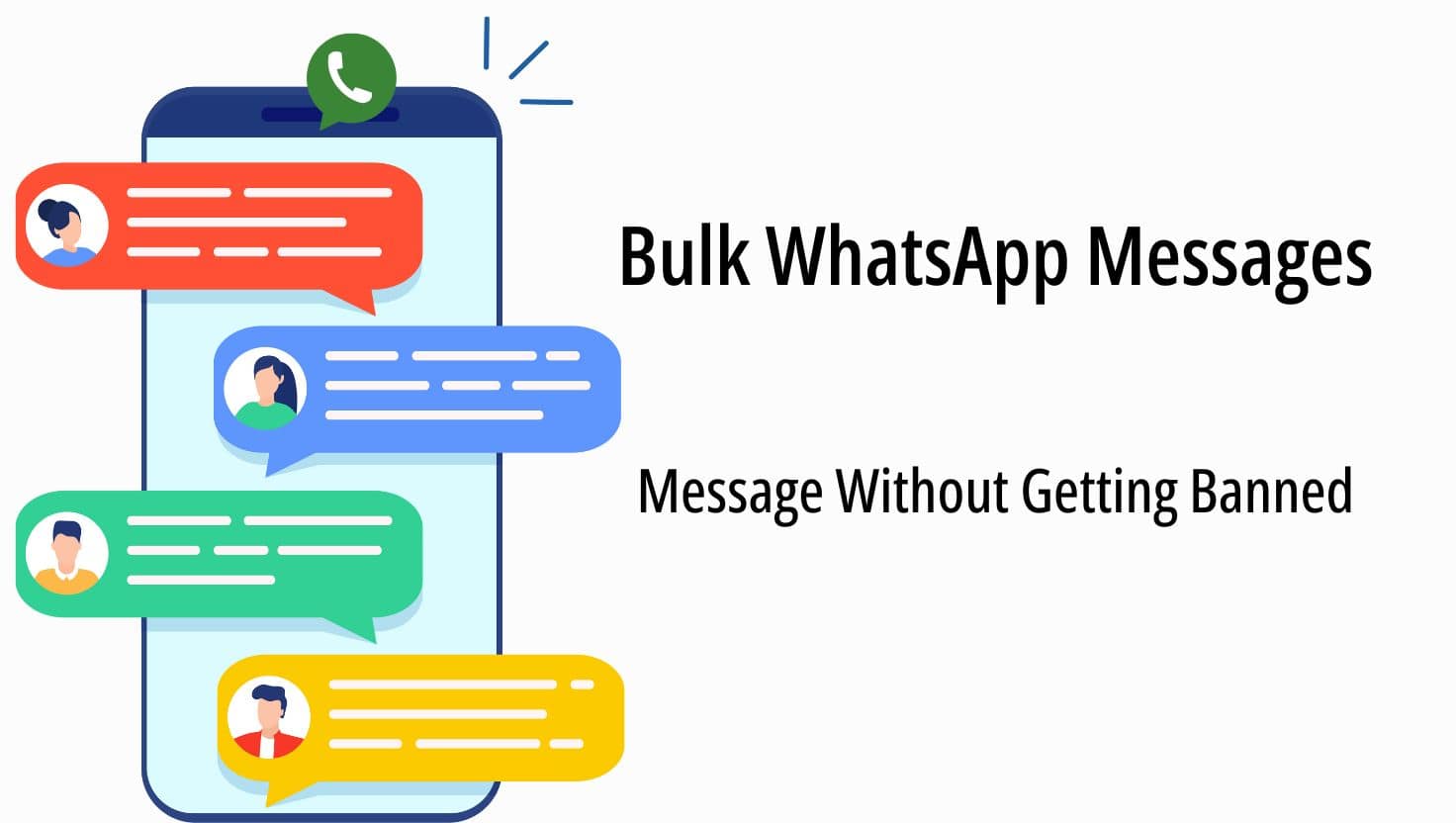10 Essential AI Personalization Tools for D2C Brands in 2025 | Transform Your Customer Experience | AI Personalization for D2C Brands
These AI personalization tools that are revolutionizing how D2C brands connect with customers in 2025. Learn how these cutting-edge solutions can boost conversion rates, enhance customer experience, and drive revenue growth.
The Personalization Revolution in D2C
The direct-to-consumer landscape has undergone a seismic shift. No longer is it enough to simply have a great product and a decent website. Today’s D2C brands are competing in an arena where personalized experiences aren’t just preferred—they’re expected.
Recent studies show that 80% of consumers are more likely to purchase from brands that provide personalized experiences, while 72% will only engage with marketing messages tailored specifically to their interests. For D2C brands, this presents both a challenge and an unprecedented opportunity.
Enter artificial intelligence—the game-changing technology that’s making hyper-personalization not just possible, but scalable and affordable for brands of all sizes. In 2025, AI personalization tools have evolved beyond simple product recommendations into sophisticated systems that understand customer behavior, predict needs, and create genuinely meaningful connections.

In this comprehensive guide, we’ll explore the 10 essential AI tools that are helping D2C brands transform their personalization strategies and create the kind of customer experiences that drive loyalty, conversion, and growth.
Why AI Personalization Matters for D2C Brands in 2025
Before diving into the specific tools, let’s understand why AI-powered personalization has become so critical for direct-to-consumer brands:
- Customer Expectations Have Skyrocketed: Today’s consumers have experienced the gold standard of personalization from industry giants—and now expect it everywhere.
- Data Volume and Complexity: The average D2C brand collects massive amounts of customer data that’s impossible to analyse manually.
- Competitive Differentiation: In crowded markets, personalized experiences create meaningful differentiation where product features alone cannot.
- Revenue Impact: Personalization directly impacts the bottom line, with research showing it can lift revenue by 10-30% for retail businesses.

With that context established, let’s explore the AI tools that are making waves in 2025.
The Top 10 AI Personalization Tools for D2C Brands in 2025
1. Cerebra AI: Predictive Customer Journeys
What It Is: Cerebra AI has emerged as the leading platform for creating dynamic customer journeys that evolve in real-time based on behaviour, preferences, and contextual signals.
Key Features:
- Multi-dimensional customer profile building that goes beyond basic demographics
- Predictive next-best-action recommendations across all touchpoints
- Journey orchestration that adapts to customer signals in milliseconds
- Integration capabilities with virtually any marketing technology
Real-World Impact: Fashion retailer Velour implemented Cerebra AI in late 2024 and saw a 34% increase in customer lifetime value within just six months. The platform’s ability to identify micro-segments and predict purchase intent allowed Velour to tailor communications with unprecedented precision.
Why D2C Brands Need It: The linear customer journey is dead. Today’s consumers jump between channels, devices, and touchpoints unpredictably. Cerebra AI helps D2C brands meet customers wherever they are with contextually relevant experiences.
2. NeuraCopy: AI-Generated Personalized Content
What It Is: NeuraCopy represents the next generation of AI copywriting tools, specializing in creating personalized product descriptions, emails, and marketing content tailored to individual customer segments.
Key Features:
- Personality-adaptive messaging that matches brand voice to customer communication preferences
- Dynamic content generation based on purchase history and browsing behaviour
- A/B testing capabilities that learn and optimize message effectiveness over time
- Visual content pairing recommendations for maximum impact
Real-World Impact: Clean beauty brand Luminous used NeuraCopy to personalize product descriptions based on customer skin concerns and priorities (sustainability, ingredients, results). This led to a 28% increase in conversion rate and a 17% reduction in return rates.
Why D2C Brands Need It: Generic product descriptions and marketing messages no longer cut it. NeuraCopy allows D2C brands to scale personalized communications without expanding copywriting teams.
3. PriceWhisperer: Dynamic Personalized Pricing
What It Is: PriceWhisperer uses AI to implement sophisticated price optimization strategies, including personalized discounts, bundles, and loyalty-based pricing.
Key Features:
- Individual price elasticity modelling based on purchase history
- Personalized discount thresholds that maximize conversion while protecting margins
- Subscription optimization to reduce churn through personalized pricing
- Ethical guardrails to prevent discriminatory pricing practices
Real-World Impact: D2C kitchen brand CookJoy implemented PriceWhisperer to optimize their subscription pricing model, resulting in a 22% reduction in churn and a 15% increase in average order value.
Why D2C Brands Need It: Price sensitivity varies dramatically across customer segments. PriceWhisperer allows D2C brands to find the optimal price point for each customer while maintaining overall brand integrity.
4. VisuaLens: Personalized Visual Merchandising
What It Is: VisuaLens transforms how products are displayed to each website visitor, using AI to determine the most appealing product images, layouts, and visual hierarchy.
Key Features:
- Dynamic homepage personalization based on visual preference modelling
- Automated product photography selection tailored to individual aesthetic preferences
- Colour scheme and visual tone adjustment based on customer affinity
- Product display optimization based on previous viewing patterns
Real-World Impact: Home goods retailer NestWell implemented VisuaLens across their site in early 2025, resulting in a 41% increase in product page engagement and a 24% lift in conversion rates.
Why D2C Brands Need It: Visual presentation profoundly impacts purchase decisions. VisuaLens allows D2C brands to create aesthetically tailored experiences that resonate with each visitor’s unique visual preferences.
5. SentiCore: Emotion-Responsive Customer Service AI
What It Is: SentiCore represents a breakthrough in AI customer service, using advanced emotion recognition to deliver support that responds to not just what customers say, but how they feel.
Key Features:
- Multimodal sentiment analysis across text, voice, and visual cues
- Adaptive response generation based on emotional context
- Escalation intelligence that knows when human intervention is needed
- Customer emotion tracking to inform broader experience improvements
Real-World Impact: D2C wellness brand Serenity implemented SentiCore for their customer service chatbot, reducing escalation rates by 42% and increasing post-interaction satisfaction scores by 31%.
Why D2C Brands Need It: Emotionally intelligent support creates memorable brand experiences. SentiCore helps D2C brands deliver customer service that feels genuinely human and empathetic.
6. CartWhisperer: Abandoned Cart Recovery Intelligence
What It Is: CartWhisperer takes abandoned cart recovery to new heights, using advanced behavioural prediction to determine not just when to send recovery messages, but what specific incentives will trigger completion.
Key Features:
- Individual timing models that identify optimal recovery moments
- Incentive personalization based on customer price sensitivity
- Multi-channel orchestration across email, SMS, push, and retargeting
- Root cause analysis to identify broader conversion barriers
Real-World Impact: Pet supply D2C brand FurryFriends implemented CartWhisperer and reduced cart abandonment by 37%, while decreasing the discount depth needed for recovery by an average of 8%.
Why D2C Brands Need It: Cart abandonment remains one of the biggest revenue leaks for D2C brands. CartWhisperer transforms recovery from a generic process to a sophisticated, personalized re-engagement strategy.
7. NextBest: AI-Powered Product Recommendations
What It Is: While product recommendations aren’t new, NextBest represents a quantum leap forward, using deep contextual understanding and real-time signals to predict purchase intent with unprecedented accuracy.
Key Features:
- Contextual awareness that accounts for seasonality, weather, life events, and more
- Zero-party data integration to incorporate stated preferences
- Cross-category discovery that expands customer purchasing horizons
- Explanation engine that helps customers understand why recommendations are relevant
Real-World Impact: D2C apparel brand ModernThread saw a 45% increase in cross-category purchases after implementing NextBest, with customers reporting higher satisfaction with discovery experiences.
Why D2C Brands Need It: Basic collaborative filtering is table stakes. NextBest allows D2C brands to create recommendation experiences that surprise and delight customers while meaningfully boosting average order value.
8. LoopLearning: Continuous Experimentation Platform
What It Is: LoopLearning automates the process of personalization optimization through continuous, multi-variable testing that rapidly accelerates learning and implementation.
Key Features:
- Autonomous hypothesis generation based on customer behaviour patterns
- Micro-segment test design that enables personalization experiments
- Automated implementation of winning variations without developer involvement
- Impact forecasting to prioritize highest-value optimization opportunities
Real-World Impact: D2C skincare brand GlowPath used LoopLearning to test 120 different personalization hypotheses in a single quarter, implementing 28 improvements that collectively increased conversion rates by 31%.
Why D2C Brands Need It: Personalization isn’t a “set it and forget it” initiative. LoopLearning helps D2C brands continuously refine their approach based on empirical data rather than assumptions.
9. ChurnBlocker: Retention Personalization Suite
What It Is: ChurnBlocker focuses specifically on using AI to predict and prevent customer churn through highly personalized retention strategies.
Key Features:
- 60-day churn prediction with specific attrition risk factors
- Personalized intervention recommendations based on individual motivations
- Win back campaign optimization for customers who do churn
- Retention economics modelling to calculate appropriate retention investments
Real-World Impact: Subscription box service CurateCrate implemented ChurnBlocker and reduced monthly churn by 22%, translating to over $1.4M in preserved annual revenue.
Why D2C Brands Need It: Acquisition costs continue to rise, making retention more crucial than ever. ChurnBlocker helps D2C brands focus retention efforts precisely where they’ll have the greatest impact.
10. TrustGraph: Privacy-First Personalization Engine
What It Is: As privacy regulations tighten globally, TrustGraph has emerged as the leading solution for delivering personalized experiences while maintaining strict compliance and building customer trust.
Key Features:
- Cookieless personalization capabilities
- Transparent preference centers that give customers control
- Differential privacy techniques that protect individual data
- Compliance automation across GDPR, CCPA, and emerging regulations
Real-World Impact: D2C health brand VitalDay implemented TrustGraph and saw opt-in rates for personalization increase from 38% to 74%, while maintaining full compliance across markets.
Why D2C Brands Need It: Privacy concerns are at an all-time high. TrustGraph allows D2C brands to deliver personalization while building trust through transparency and control.
Implementation Strategy: Bringing AI Personalization to Your D2C Brand
Having the right tools is only half the battle. Here’s a strategic framework for implementing AI personalization effectively:
1. Start with a Personalization Audit
Before investing in new tools, conduct a thorough assessment of your current personalization capabilities:
- What customer data are you currently collecting?
- Where are your biggest personalization gaps?
- What are your competitors doing in this space?
- Which customer segments would benefit most from improved personalization?
2. Prioritize Based on Customer Impact
Not all personalization initiatives deliver equal value. Prioritize implementations based on:
- Potential revenue impact
- Customer satisfaction improvement
- Implementation complexity
- Resource requirements
3. Build a Cross-Functional Personalization Team
Successful AI personalization requires collaboration across:
- Marketing
- Data science
- Customer experience
- Technology
- Legal/compliance
Create a dedicated team with clear ownership and accountability for personalization outcomes.
4. Implement an Ethical Framework
As personalization becomes more sophisticated, ethical considerations become increasingly important:
- Develop clear guidelines for appropriate use of customer data
- Establish transparency principles for how personalization works
- Create mechanisms for customers to control their experience
- Regularly audit for unintended consequences or bias
5. Measure What Matters
Establish clear KPIs to track personalization effectiveness:
- Conversion rate lift from personalized experiences
- Customer satisfaction and Net Promoter Score impacts
- Return on personalization investment (ROPI)
- Engagement metrics across personalized touchpoints
The Future of AI Personalization for D2C Brands
Looking beyond 2025, several emerging trends will shape the future of personalization:
Multimodal Personalization
The next frontier involves personalizing experiences across text, voice, video, and augmented reality simultaneously. D2C brands that prepare for this shift now will have a significant advantage.
Collaborative Personalization
Rather than brands dictating personalization, collaborative approaches will involve customers as active participants in crafting their own experiences.
Ambient Intelligence
As IoT devices proliferate, personalization will extend beyond digital interfaces into physical environments, creating truly seamless experiences.
Regulation-Driven Innovation
Tightening privacy regulations won’t end personalization—they’ll drive innovation in privacy-preserving techniques that deliver personalization without compromising trust.
The Competitive Advantage of Getting Personal
The D2C brands that will thrive in the coming years aren’t necessarily those with the biggest budgets or the flashiest products. The winners will be those that master the art and science of AI-powered personalization—creating experiences so relevant, so timely, and so genuinely helpful that customers wouldn’t dream of shopping elsewhere.
The tools outlined in this guide represent the cutting edge of what’s possible. But technology alone isn’t enough. Successful personalization requires a customer-centric culture, a commitment to ethical data practices, and a willingness to continuously evolve.
For D2C brands ready to embrace this approach, the rewards are substantial: deeper customer relationships, increased loyalty, higher conversion rates, and ultimately, sustainable competitive advantage in an increasingly crowded marketplace.

How is your D2C brand approaching personalization in 2025? Are you leveraging AI to create more meaningful customer experiences? We’d love to hear about your successes, challenges, and questions.
Share your personalization journey in the comments below, or reach out to schedule a personalization strategy session with our team of experts. Together, we can create the kind of personalized experiences that transform customers into passionate brand advocates.
Frequently Asked Questions About AI Personalization for D2C Brands
How much does it typically cost to implement AI personalization tools for a D2C brand?
The cost of implementing AI personalization varies widely based on the scale of your business and the specific tools you choose. Entry-level solutions might start around $500-1,000 per month, while enterprise-grade platforms like Cerebra AI can cost $5,000-15,000 monthly. Many providers offer tiered pricing based on traffic volume or customer database size. For smaller D2C brands, starting with a focused solution like CartWhisperer or NextBest can provide strong ROI before expanding to more comprehensive tools.
Do I need a data scientist or AI specialist on my team to use these personalization tools?
Most of the tools mentioned are designed with marketers and e-commerce managers in mind, featuring intuitive interfaces that don’t require technical expertise. While having data science capabilities on your team can help with advanced customization and optimization, it’s not a prerequisite. Many vendors offer implementation support and ongoing customer success management to ensure you’re leveraging the tools effectively.
How long does it typically take to see results from AI personalization tools?
Initial results are often visible within 2-4 weeks of proper implementation. Simple tools like abandoned cart recovery or product recommendations can show impact almost immediately, while more sophisticated personalization engines like Cerebra AI typically require 30-60 days to gather sufficient data and optimize their algorithms. The key is setting up proper measurement frameworks from the start to accurately track incremental improvement.
How do these AI personalization tools handle new customers with limited data?
This is a common challenge known as the “cold start problem.” Modern AI tools address this through several approaches: leveraging contextual data (device, location, referral source), using cohort-based modeling (applying insights from similar customers), and rapidly adapting as minimal data begins flowing in. TrustGraph specifically excels at building personalization with minimal initial data points.
How do AI personalization tools work with my existing tech stack?
All the tools mentioned offer integration capabilities with common e-commerce platforms (Shopify, WooCommerce, Magento), marketing tools (email platforms, CRMs), and data warehouses. Before selecting a tool, create an inventory of your existing tech stack and prioritize solutions with pre-built integrations or robust API documentation. LoopLearning stands out for its particularly wide range of native integrations.
What’s the difference between rule-based personalization and AI personalization?
Rule-based personalization relies on manually created if/then conditions (e.g., “if customer viewed product X, show recommendation Y”). While straightforward, this approach doesn’t scale and misses complex patterns. AI personalization continuously learns from customer behavior, discovers non-obvious correlations, adapts in real-time, and improves automatically over time. It can process thousands of variables simultaneously to make predictions that would be impossible with manual rules.
How do I maintain brand consistency while implementing personalization?
This is a critical consideration. The best approach is creating a “personalization playbook” that defines your brand voice, visual guidelines, and experience principles. Tools like NeuraCopy allow you to set these parameters as guardrails, ensuring personalized content still feels like your brand. Regular audits of personalized experiences across different customer segments will help identify any inconsistencies.
How do privacy regulations like GDPR and CCPA impact AI personalization strategies?
Privacy regulations significantly impact personalization, requiring transparency, consent, and data minimization. However, they don’t make personalization impossible. Tools like TrustGraph are specifically designed for privacy-first personalization, using techniques like differential privacy, on-device processing, and robust preference management. The key is being transparent with customers about how their data informs their experience and giving them meaningful control.
What metrics should I track to measure the effectiveness of AI personalization?
Beyond basic conversion metrics, consider tracking: personalization lift (comparing personalized vs. non-personalized experiences), segment-specific performance, customer satisfaction scores for personalized journeys, discovery metrics (new categories explored), and long-term retention impact. The most sophisticated D2C brands are developing “personalization indexes” that combine these metrics into unified scores.
How do I prioritize which areas of my customer experience to personalize first?
Start by mapping your customer journey and identifying high-impact touchpoints with clear conversion opportunities. Common starting points include product discovery (recommendations), recovery (abandoned carts), and retention (personalized offers for at-risk customers). Prioritize areas with sufficient data volume and clear business value. Also consider customer feedback—areas where customers express frustration about generic experiences are often prime candidates for personalization.
Connect Directly with Article Contributor on Linkedin
Related Articles:
5 AI Marketing Strategies Leading Brands Are Using in 2025
7 Innovative AI Applications Transforming eCommerce in 2025
What is d2c business ? Personalized Experience in new trend
Personalization, Sustainability & Tech Driving Change in D2C Fashion









